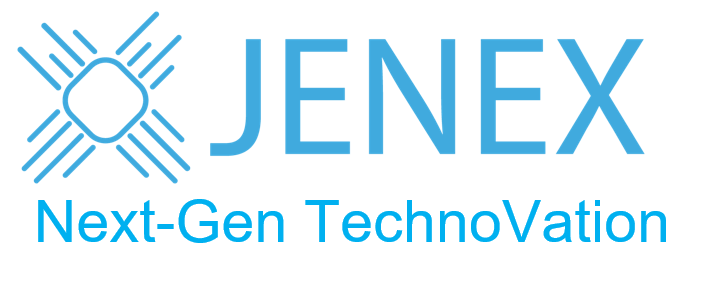Internet of Things represents a general concept for the ability of network devices to sense and collect data from the world around us, and then share that data across the Internet where it can be processed and utilized for various captivating purposes. Some also use the term industrial Internet interchangeably with IoT. This refers primarily to commercial applications of IoT technology in the world of manufacturing. The Internet of Things is not limited to industrial applications, however. The ‘thing’ in Internet of Things (IoT) could be any object that contains the required computing power & connectivity to the Internet and have the ability to collect and transfer data over a network without manual assistance or intervention.
“Success is the result of perfection, hard work, learning from failure, loyalty, and persistence”
The embedded technology in the objects helps them to interact with internal states or the external environment, which in turn affects the decisions taken. IoT APPLICATIONS – The ability to network embedded devices with limited CPU, memory and power resources means that Internet of Things (IoT) finds applications in nearly every field. Few examples, Home automation (also known as smart home devices) such as the control and automation of lighting, ventilation, air conditioning (HVAC), robotic vacuums, air purifiers, ovens or refrigerators that use Wi-Fi for remote monitoring. Wearable technology which includes smart watches, fitness trackers, VR headsets and more… Environment: IoT application technologies that have sensors can be used to monitor air and water quality, soil or atmospheric conditions, and even the movements of wildlife.
The IoT devices can also be used in applications such as tsunami early-warning systems to enable authorities to offer more effective responses and aid. Infrastructure: The IoT can also be applied to monitor and control operations of urban and rural infrastructure such as bridges and railway tracks. IoT can help to schedule repair and maintenance activities in a well-organized manner. Manufacturers can predict when equipment will need maintenance. Insurers can increase revenue through asset monitoring. Medical and Healthcare: IoT devices can facilitate remote health monitoring and emergency notification systems such as blood pressure and heart rate monitors. Retail: Retailers can create more personalized in-store shopping experience. Banks can provide better offers and more engagement via tellers and ATMs However, the application of the Internet of Things (IoT) is not only restricted to these areas. Other specialized use cases of the IoT may also exist. UNDERSTANDING HOW IoT WORKS – It isn’t possible to simply connect a device to the Internet and have it suddenly start communicating with other devices.
The Internet of Things (IoT) requires that you have the basic pieces in place. Hardware: A device must have the required hardware in order to communicate with the Internet. Protocols: A protocol is simply a set of rules. In this case, the rules determine how communications between two devices occur. Examples of protocols used for IoT include SOAP and REST, plus the underlying protocols, such as HTTP. Domains: When working in the cloud, it’s still necessary to have a place to store information of various sorts and to provide device access points. Applications: The software used to actually cause the interaction between devices determines what functionality the devices ultimately provide (within their range of possible actions). Before a device can perform any tasks at all, you must have software that knows how to interact with the device. Internet of Things (IoT) offers endless opportunities for business and society. It is a concept that has the power to change the way we live and work. The vision of the Internet of Things has evolved due to a convergence of multiple technologies, including ubiquitous wireless communication, real-time analytics, machine learning, commodity sensors, and embedded systems.
IoT platforms can help organizations reduce cost through improved process efficiency, asset utilization and productivity, aided by the torrent of interaction and transaction data at their disposal. With improved tracking of devices/objects using sensors and connectivity, they can benefit from real-time insights and analytics, which would help them make smarter decisions. The reality is that the Internet of Things (IoT) allows for virtually endless opportunities and connections to take place, many of which we can’t even think of or fully understand the impact. By the time what we can do best is to educate ourselves on various IoT technologies and keep experimenting with the new trending technology.

